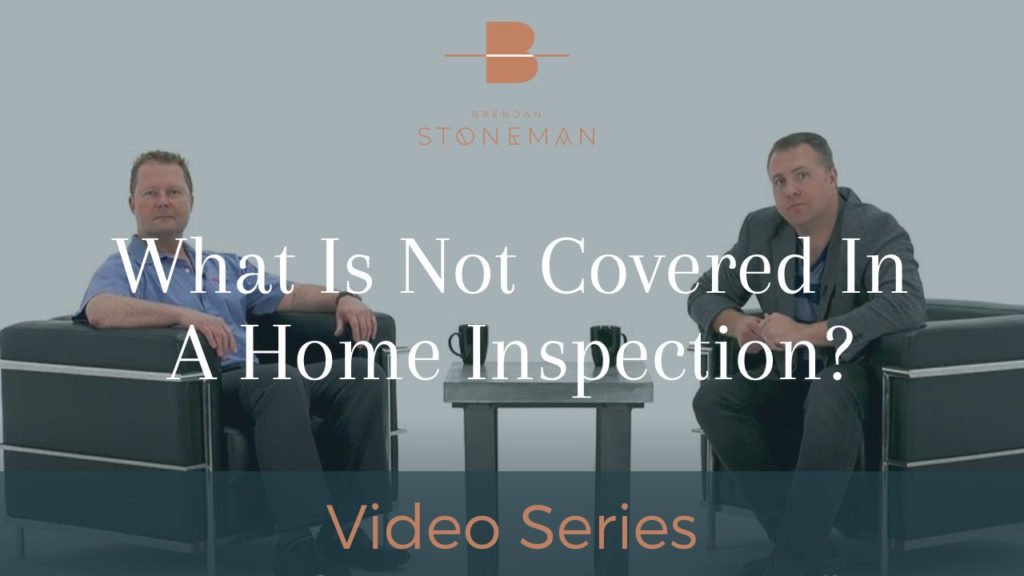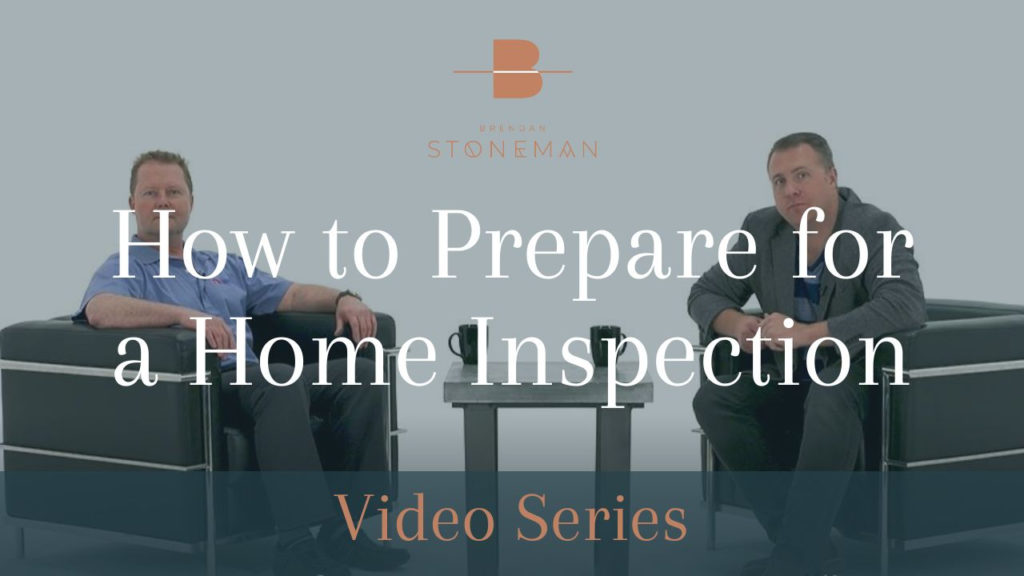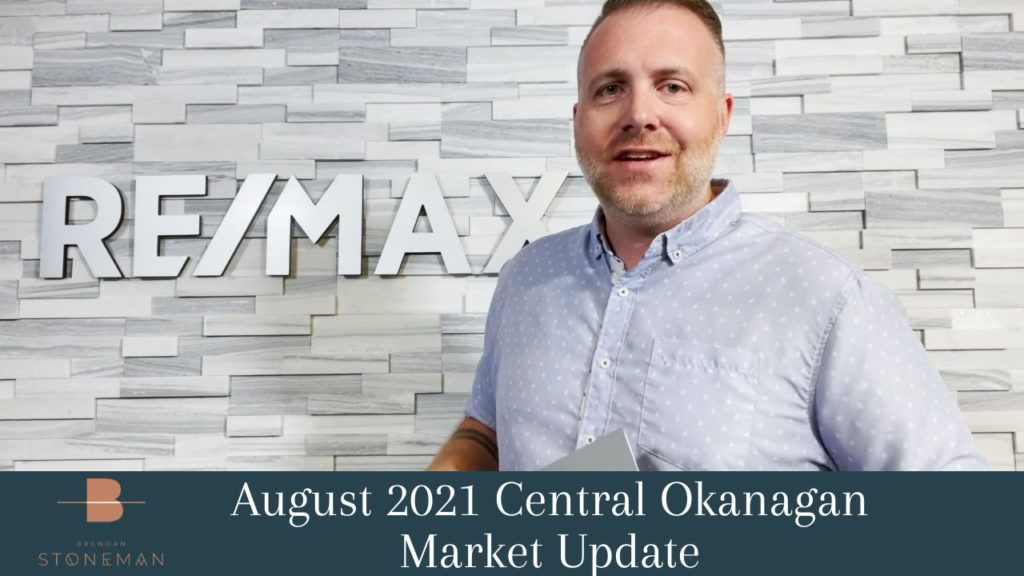What is Radon Gas? How can you test for it in your home? How do you get rid of it? We are back with Murray Klingbeil of Amerispec Home Inspections to find out the answers!
Here is the Transcript:
BRENDAN – Hi, it’s Brendan Stoneman at RE/MAX Kelowna here and I am joined by Home Inspector Murray Klingbeil from Amerispec. Okay, so there’s been a lot of talk over the last little while about radon gas as being something people are very concerned about. Just wanted to talk to you about the Okanagan specifically. Is it an issue in the Okanagan Valley?
MURRAY – To some degree radon gas unfortunately is an issue everywhere. It’s getting a lot of press in recent years because Health Canada has lowered the permissible amount which is a certain measure of becquerels per thousand liters of air in houses. And because in new construction it’s so airtight now, compared to the old days in the 50s, 60s, where your house breathed and nothing was an issue, nowadays the motto is build tight and ventilate right, so radon gas has higher concentration in a newer house than you’ll have in others. So as a consequence approximately three years ago now the BC building code has now implemented that your home must have radon mitigation.
– [Brendan] Right.
MURRAY – If you’ve ever been walking through a new house under construction, you’ll see a big five inch white pipe that’s coming out of the concrete for what? If the house is ever deemed to have high levels of radon they put in an extraction fan system. Basically it vacuums the air out from under your house. Radon gas is a natural process by the degradation of radium in the soil. It leaches its way up through and in a house. It can come through cracks in your foundation wall, cracks in your slab, around any floor drains, it works its way in and like I say, if the house is old it’s not as big an issue. For a homeowner you can go to Rona or Home Depot and you can get your own radon gas testing kit. Now if you go on the website for Health Canada, an accurate test, the device must not be tampered with, so if you’re, as part of a pre-purchase it can be in a house until you’re around the corner and then the current homeowner puts it in the backyard.
– [Brendan] Right.
MURRAY – Or opens all the doors and windows.
– [Brendan] Right.
MURRAY – So to get a real good, accurate test the doors and windows have to be closed and they want the tester in there for 90 days, three months.
– [Brendan] Wow, three months.
MURRAY – And the reason that the radon gas has become the issue that it is, is according to the statistics from Health Canada, it’s possible it’s responsible for more deaths a year from lung cancer than cigarette smoking is.
– [Brendan] Wow.
MURRAY – So that’s a lot of deaths.
– [Brendan] No kidding.
MURRAY – And the more research they do their finger gets pointed more at radon than it did in the past.
BRENDAN – So how do you detect it? Can you smell it, can you see it? Is there any way aside from doing that test to tell?
MURRAY – Not that easy, my friend. Odorless, colorless, tasteless. And you just can’t tell by looking or smelling. You have to have an accurate test device. And have it lab tested to know for sure.
BRENDAN – So then, I guess, it’s not like carbon monoxide, which if you’re exposed it can kill you very quickly. This is more a long term lingering effect of just being exposed to it.
MURRAY – Correct and it’s accumulative over the years. Yeah, it’s not like carbon monoxide, it’s not fast. It takes a long time.
BRENDAN – So are there areas of the Okanagan Valley that are a little more susceptible to it than others? MURRAY – The farther you head south down into the desert area, from the charts I’ve looked at over the years, the higher the concentrations are. Surprisingly Kamloops has got a lot of concentrations of radon gas, but here locally it’s relatively moderate. There’s no real hotbeds that are jumpin’ out at me right now.
BRENDAN – Okay, so best to be safe than sorry and have it tested. MURRAY – Correct. Not big money – by the time you pay for your test device and the lab testing it’s less than $150.
– [Brendan] Perfect, good to know.
For all your Home Inspection needs contact Murray:
250-763-0822
murray.klingbeil@amerispec.ca
www.amerispec.ca









